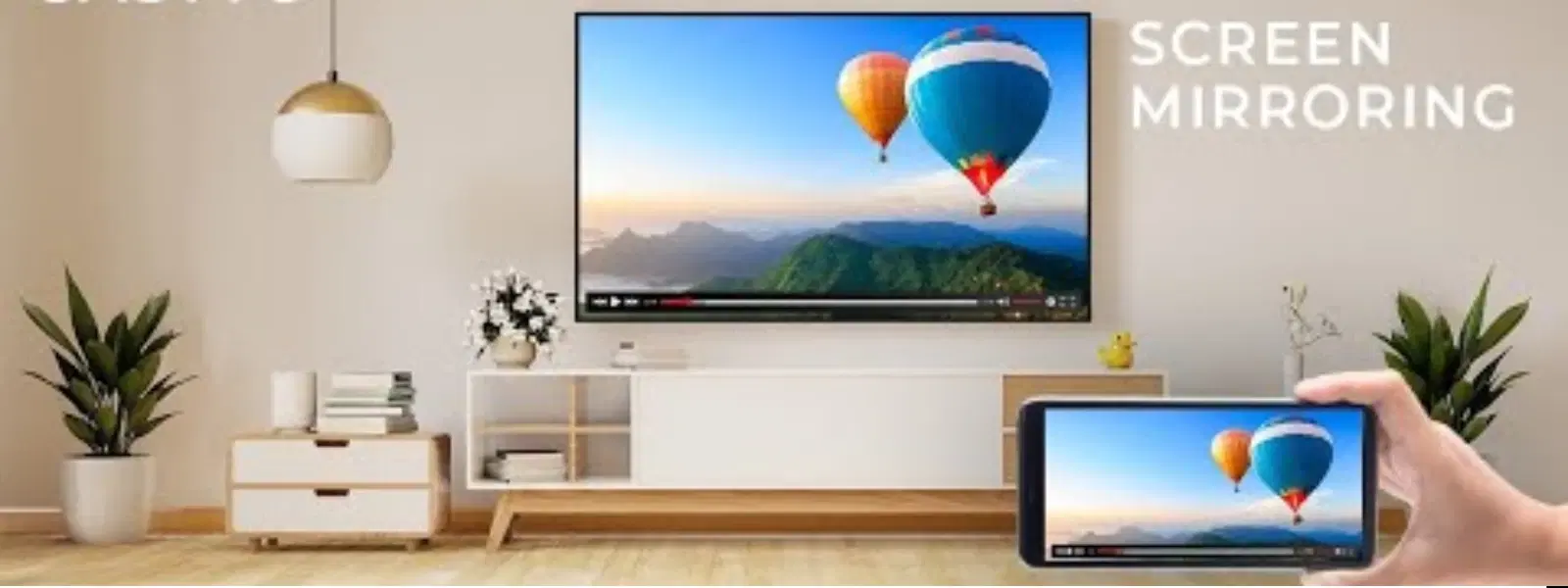
Consumer Electronics
•04 min read
Ever wondered how to seamlessly connect your Vivo phone to your TV using just a USB cable? Today, we explore a simple method that brings your favourite content to a larger screen, whether it’s for presentations, screen mirroring, or sharing treasured videos with family and friends.
USB connections make it easier to transfer data and mirror your phone’s screen on a TV. Using a USB cable, you can share media from your Vivo phone without the hassle of wireless adapters or complex configurations. It is important to know that USB cables work best when both your phone and TV support compatible USB versions and formats.
Most Vivo phones support either USB-C or Micro-USB cables. Depending on your TV’s compatibility, you might also consider using adapters like USB-to-HDMI or USB-to-VGA. Before you begin, take a moment to check whether your TV has the right ports and support for file transfers or screen mirroring. A quick look at your phone’s manual can also help you note supported connection types.
Start by ensuring that your Vivo phone is ready for connectivity. Enable USB debugging mode by heading to the Developer Options in your phone’s settings. Similarly, confirm that your TV’s USB port is functional and supports the desired mode – whether you are transferring files or mirroring your screen. This preparation sets the foundation for a smooth connection.
Follow these simple steps to get connected:
Connect the USB cable to your Vivo phone and your TV’s USB port.
On your phone, select the appropriate USB mode such as MTP or File Transfer.
Navigate to the USB input source on your TV.
Adjust settings to enable either screen mirroring or access your files directly.
Make sure both devices are powered on and remain connected throughout the setup process to avoid interruptions.
If screen mirroring is your goal, you might need to enable additional settings or even use a third-party app to enhance the functionality. This extra step allows you to effortlessly share your phone’s display on a larger screen, granting a better viewing experience for mobile games, presentations, or family movie nights.
Sometimes, you might face issues in establishing the connection. The most common reasons include unsupported features on the TV, using a faulty USB cable, or leaving the USB mode on your phone set incorrectly. Often, verifying that your devices are compatible and that your USB debugging is enabled can resolve these problems.
If you encounter trouble, try these simple troubleshooting tips:
Ensure USB debugging mode is activated on your Vivo phone.
Restart both your phone and TV to refresh the connection.
Examine the USB cable and ports for any signs of damage or wear.
If your TV does not have native support for USB mirroring, consider using a USB-to-HDMI adapter to bridge the gap.
If USB connectivity isn’t a fit for your needs, wireless options like Miracast, Wi-Fi Direct, or Smart Mirroring may be used. These methods allow you to project your phone's screen onto your TV without a cable, although they might require a stable Wi-Fi network for optimal performance.
For televisions that lack direct USB screen mirroring, USB adapters provide an excellent alternative. A USB-to-HDMI or USB-to-VGA adapter can facilitate the connection, allowing your Vivo phone’s display to be viewed on larger screens. These adapters help bridge compatibility gaps, ensuring you always have the best media experience.
Pro Tip: Unlock the Full Potential of USB Connectivity
Did you know that enabling USB debugging mode on your Vivo phone can significantly improve connectivity with TVs? This simple setting ensures smoother file transfers and better screen mirroring performance. Find it under Developer Options in your phone’s settings!
To connect your Vivo phone to your TV, plug the USB cable into both devices, enable USB debugging mode on your phone, and select the appropriate input source on your TV.
Common reasons include unsupported TV features, incorrect USB mode settings, or a faulty cable. Check compatibility, ensure USB debugging is enabled, and try restarting both devices.
Yes, some TVs support screen mirroring via USB. If your TV does not, you may need third-party apps or USB-to-HDMI adapters to enable this functionality.
Use the cable that is compatible with your Vivo phone model, such as USB-C or Micro-USB. It is important to choose a high-quality cable to prevent connectivity issues.
Yes, you can use wireless options like Miracast, Smart Mirroring, or Wi-Fi Direct if your TV does not support USB connectivity.
By following these steps and tips, you can enjoy a hassle-free connection between your Vivo phone and your TV. The outlined instructions and troubleshooting advice are designed to clear common hurdles and deliver a seamless experience. Whether you are sharing work presentations or enjoying digital entertainment, connecting your phone through USB makes the process straightforward and reliable.
Exploring such practical connections highlights the ease and convenience of managing your digital life through trusted platforms. Enjoy a smarter shopping experience with Tata Neu, where every interaction is designed with customer care at its core. Plus, remember that every purchase can earn you NeuCoins, rewarding you for choosing a platform that values simplicity and reliability.